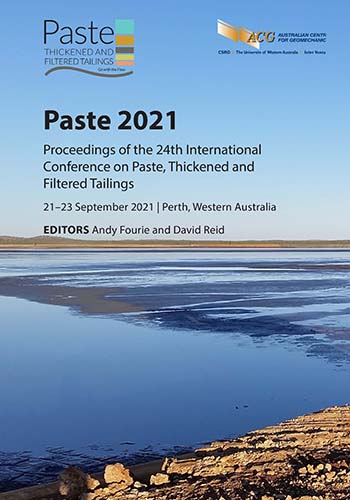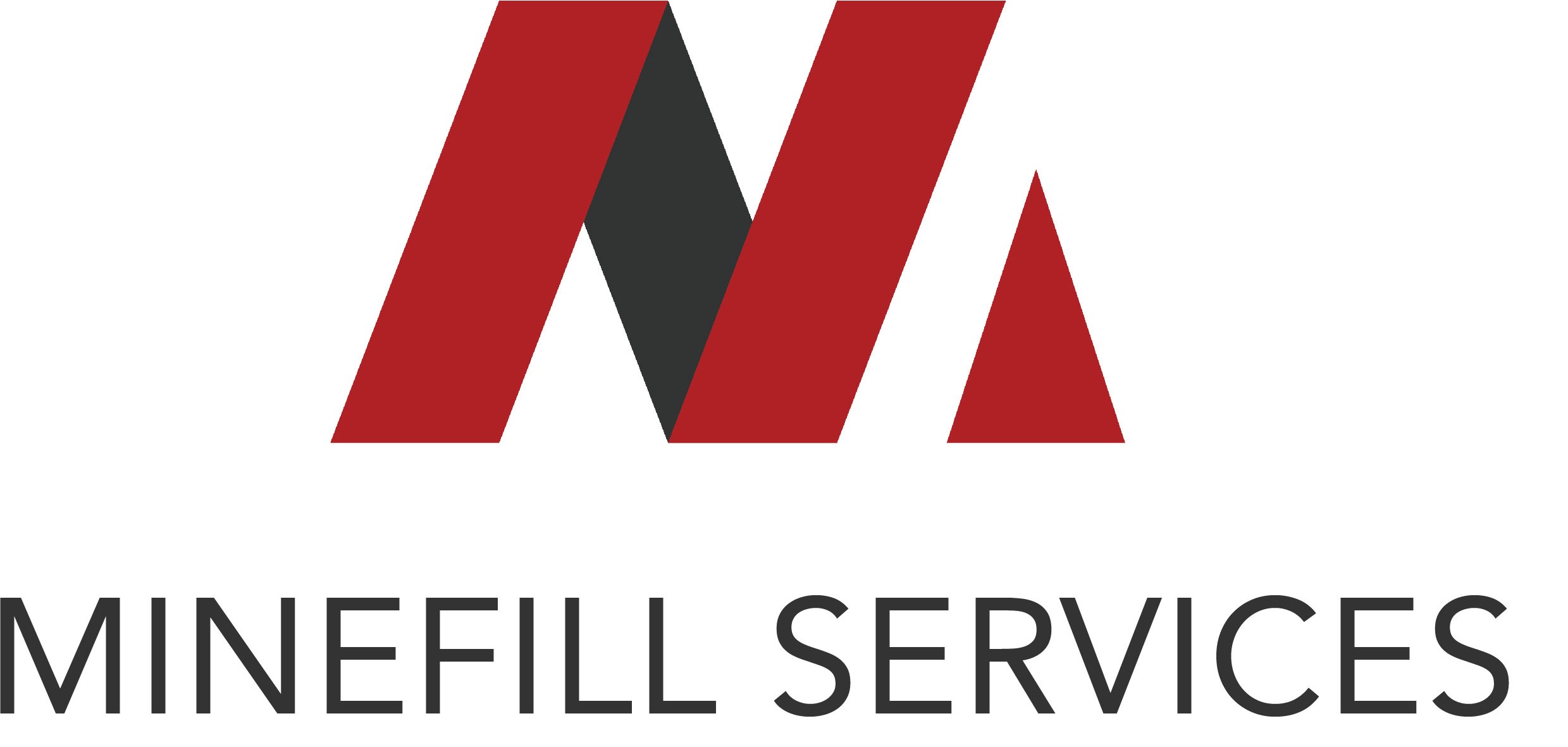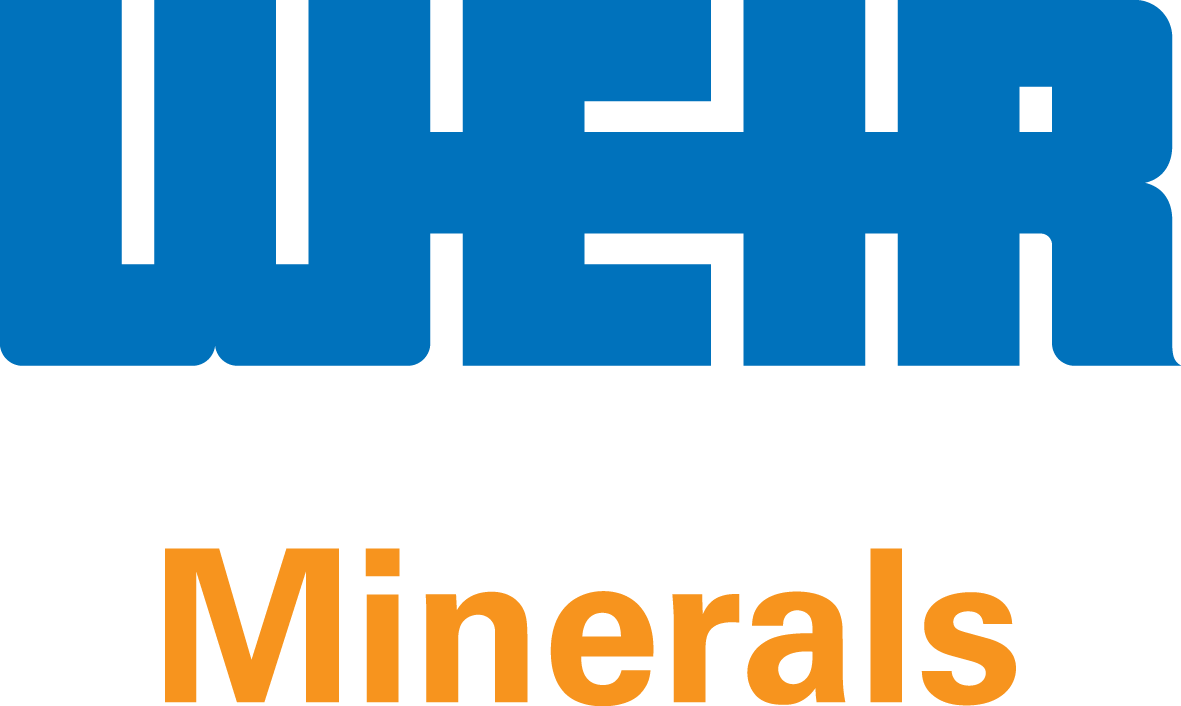Clay-bearing mine tailings analysis and implications in large filter press design

|
Authors: Grosso, A; Kaswalder, F; Hawkey, A |
DOI https://doi.org/10.36487/ACG_repo/2115_10
Cite As:
Grosso, A, Kaswalder, F & Hawkey, A 2021, 'Clay-bearing mine tailings analysis and implications in large filter press design', in AB Fourie & D Reid (eds), Paste 2021: Proceedings of the 24th International Conference on Paste, Thickened and Filtered Tailings, Australian Centre for Geomechanics, Perth, pp. 107-118, https://doi.org/10.36487/ACG_repo/2115_10
Abstract:
Filtered tailings dry stack disposal often requires low cake residual moistures to meet the stacking specifications defined by geotechnical studies. Low residual moisture targets and increasing throughputs require careful definition of filter press process parameters in order to prevent unnecessary extra capital and operating costs. Because of this, alongside the testing phase, a comprehensive characterisation of the material, not limited to standard geotechnical tests, becomes important. Standard physical/chemical characterisation of mining slurries includes both basic (liquor, solid and slurry density, solid concentration, solid specific gravity) and thorough analysis (yield stress, particle size distribution, elements and mineral phase detection). Each of these requires different techniques. Phyllosilicates (i.e. clays) are one of the most common components of mine tailings, together with quartz, feldspar and other aluminosilicates. Clay type and relative content can have a drastic influence on the filtration process and furthermore on filter design. A detailed analysis of clayey phases can give useful information about the filterability of a slurry and, therefore, on the expected filter performance and its variability. A comprehensive study about clay detection and quantification and correlation with dewatering properties is presented here. It involves different analytical techniques (powder X-ray diffraction, Rietveld refinement, qualitative evaluation) and correlation studies based on the lab testing campaign’s database. The results show how the filterability can be strongly affected by the phyllosilicate type and small variations in their content, to yield completely different cake properties, showing that smectite group clays have the greatest influence on filterability. The impact of these characteristics on filter sizing, especially for large equipment (like the GHT5000F filter press) and related ancillaries will be discussed.
Keywords: dry stacking, mine tailings, large filter presses, clays, X-ray diffraction
References:
Altomare, A, Burla, MC, Giacovazzo, C, Guagliardi, A, Moliterni, AGG, Polidori, G & Rizzi, R 2001, ‘Quanto: a Rietveld program for quantitative phase analysis of polycrystalline mixtures’, Journal of Applied Crystallography, vol. 34, pp. 392–397.
Cavalcante, F & Belviso, C 2005, ‘Trattamenti e metodi di preparazione di campioni di materiali argillosi per l’analisi diffrattometrica’, Argille e Minerali delle Argille, vol. 5, pp. 23–50.
Chen, GW, Lin, WW & Lee, DJ, ‘Capillary suction time (CST) as a measure of sludge dewaterability’, Water Science and Technology, vol. 34, pp. 443–448.
Jewell, RJ & Fourie, AB 2015, Paste and Thickened Tailings – A Guide, 3rd edn, Australian Centre for Geomechanics, Perth.
McFarlane, A, Bremmell, K & Addai-Mensah, J 2006, ‘Improved dewatering behavior of clay minerals dispersion via interfacial chemistry and particle interactions optimization’, Journal of Colloid and Interface Science, vol. 293, pp. 116–127.
Moore, DM & Reynolds, RC, Jr 1997, X-Ray Diffraction and the Identification and Analysis of Clay Minerals, 2nd edn, Oxford University Press, Oxford.
Ndlovu, B, Forbes, E, Farrokhpay, S, Becker, M & Bradshaw, D 2014, A preliminary rheological classification of phyllosilicate group minerals, Mineral Engineering, vol. 55, pp. 190–200.
Poppe, LJ, Paskevich, VF, Hathaway, JC & Blackwood, DS 2001, A Laboratory Manual for X-Ray Powder Diffraction, US Geological Survey Open-File Report 04-041, US Geological Survey, Reston.
Tournassat, C, Steefel C, Bourg, I & Bergaya, F 2015, Natural and Engineered Clay Barriers, 1st edn, vol. 6, Elsevier, Amsterdam.
United Nations Environment Programme International Resources Panel 2021, United Nations Environment Programme International Resource Panel Global Material Flows Database,
© Copyright 2025, Australian Centre for Geomechanics (ACG), The University of Western Australia. All rights reserved.
View copyright/legal information
Please direct any queries or error reports to repository-acg@uwa.edu.au
View copyright/legal information
Please direct any queries or error reports to repository-acg@uwa.edu.au





